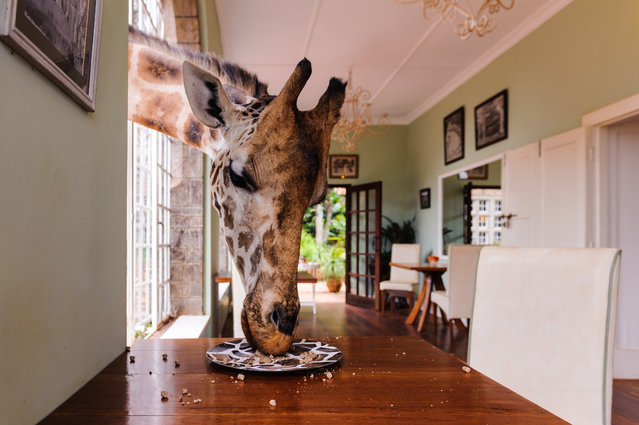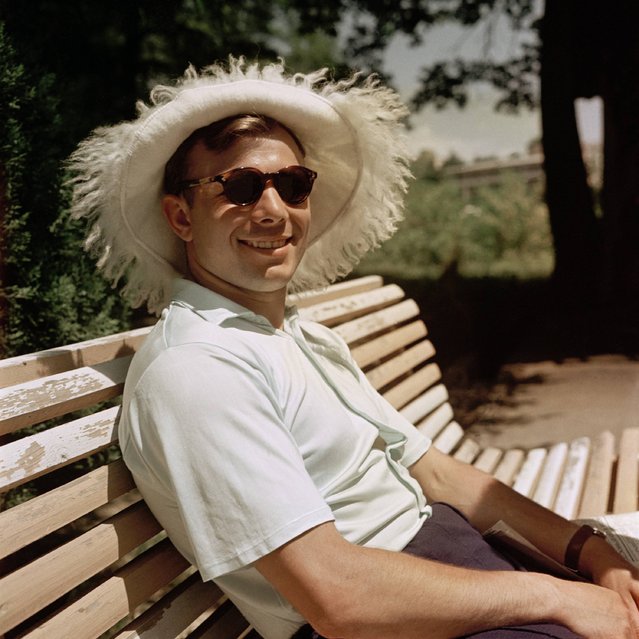
More than 1,200 vintage posters that would send any movie buff into orbit were discovered in an Ohio garage, including the only known copy of an almost 7-foot-tall creation for the 1947 reissue of “Dracula” that could sell for $40,000. The Dallas-based Heritage Auctions in Dallas puts them all on the block March 22 and 23, including some rare specimens from the silent movie era. (Photo by Courtesy Heritage Auctions)
13 Mar 2014 10:37:00,post received
0 comments







